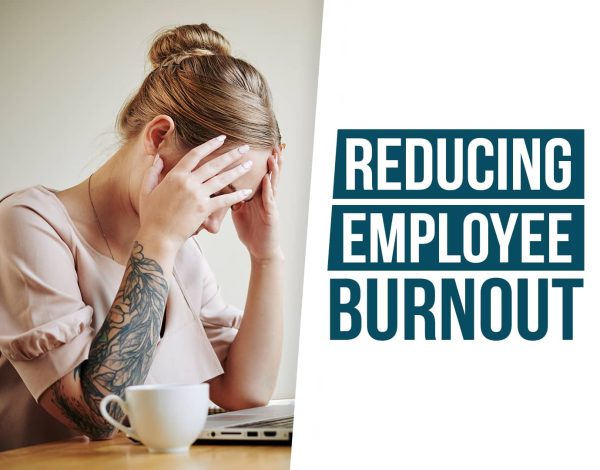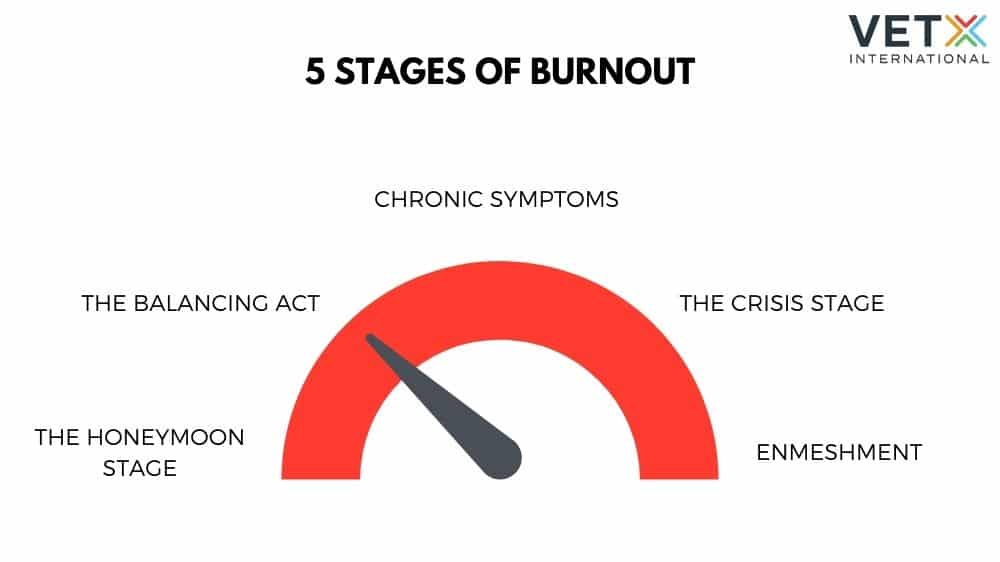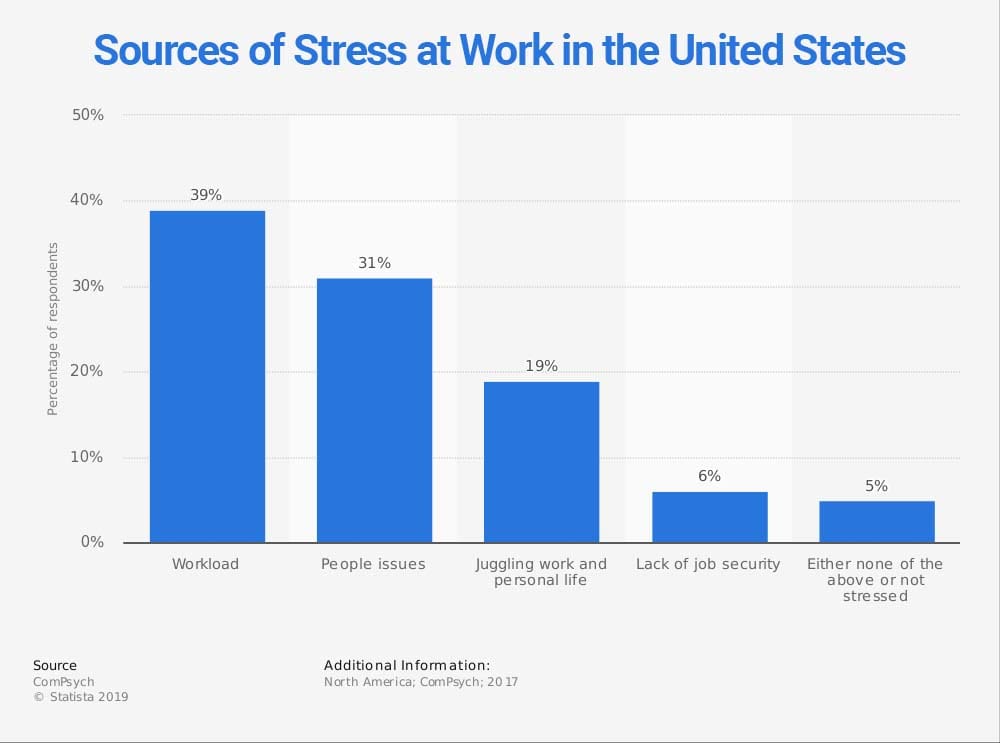3 Ways to Tell if your Employees Are Burning Out
No employer wants to see their employees burn out. Not only is it bad for morale, but it can also lead to a decline in productivity. So how can you tell if your employees are starting to burn out? Here are 3 key signs to look for:
Look for changes in behavior
One of the most important indicators that something is going on with an employee is to look for changes in behavior. Are they becoming more irritable or possibly taking more sick days than before?
See if their work quality has changed
If your employee is exhibiting changes in work quality, such as taking longer to complete tasks or making more mistakes, it’s important to be aware of this and take appropriate steps. Changes in the quality of work from an employee doesn’t necessarily mean they are burnt out. Some reasons for an employee’s quality of work to decrease could be because due to their personal life, which is why it is important to first identify the root cause of the problem.
Identifying any changes in workload or job expectations is crucial to determine if those might be causing additional stress on the employee.
Are they withdrawing from work and Colleagues?
One way to recognize whether team members are suffering from employee burnout is by noticing if they are withdrawing from work and the people around them. This might include decreased work productivity, not socializing with colleagues, or disengaging during meetings. If any of these behaviors become apparent, it’s essential that managers check in to figure out what’s really going on before it becomes a larger problem.
What is Burning Out?
“Burnout occurs when your body and mind can no longer keep up with the tasks you demand of them. Don’t try to force yourself to do the impossible. Delegate time for important tasks, but always be sure to leave time for relaxation and reflection.”
— Del Suggs
Burning out means feeling mentally exhausted, devoid of motivation, and beyond caring. People experiencing burnout often don’t see any hope of positive change in their situations. According to VetX International, there at five stages of burnout.
The Honeymoon Stage
The Honeymoon Stage is when an employee feels the most motivated. Usually, employees in this stage are ready to take on anything. The work may be a lot for them to handle, but they are willing to do whatever it takes because of the energy and ambition they have to succeed.
The Balancing Act
After the first few weeks into a new position, an employee usually enters the Balancing Act. The Balancing Act is when an employee sees signs of job dissatisfaction, work inefficiency, and fatigue.
This stage is when an employee begins to notice some aspects of the job that they dislike. This isn’t usually a bad thing! No job is perfect. Everywhere you work, there will be something you dislike doing. However, the important thing is to stay in this stage to avoid burnout.
Chronic Symptoms
This stage is very similar to the last one. The only difference is that the symptoms of feeling dissatisfied, inefficient, and fatigued are all increased. Any excitement an employee once had for the job has gone out the window.
The Crisis Stage
This stage is when you should begin to worry about your employees. Employees who tend to run themselves into the ground tend to hit a breaking point where they emotionally cannot handle any more stress.
There are several indicators of this stage, which include obsessing about work frustrations and pessimistic thinking. When at this stage, mental health issues also increase.
Enmeshment
The last stage is Enmeshment. This is the stage that when reached, employees end up burning out and quitting their job. The important thing for you as an employer is for your employees to never get to this stage.
Ways Great Managers Can Reduce Employee Burnout
According to the American Institute of Stress, job stress costs U.S. companies over $300 billion annually due to accidents, absenteeism, diminished productivity, employee turnover, workers’ compensation, and direct medical, legal, and insurance costs. That is why avoiding burnout is crucial for successful companies.
There are many reasons for job stress, but here are five ways you can help reduce it and improve office wellbeing.
Promote Work/Life Balance
Promoting a work/life balance is one of the most important things you can do for your employees. Employees want to know that their managers understand that there is life outside of work.
Simple ways to promote a healthy work/life balance are shutting down early before the holidays, offering flexible scheduling, and providing work-from-home options!
Monitor Workloads
Leaders should never expect too much from their employees. With 39% of stress coming from workload alone, it is crucial to ensure you monitor your employees’ workload. Leaders and managers need to ensure that their employees aren’t being tasked with an unreasonable amount of projects.
Encourage Use of Vacation Time
According to Zippia, 55% of Americans did not use all of their paid time off last year, which is a significant increase from 2018 where only 27% of PTO went unused. The main reason for employees last year not taking all their PTO days was because of work responsibilities such as a heavy workload, lack of coverage, or the fear of being replaced.
The best way for managers to ensure their employees take their vacation days is by encouraging them verbally. A simple encouragement to take vacation days will help your employees feel less stressed about taking them, resulting in decreased burnout.
Lead By Example
If an employee of yours sees you not taking vacation days, they may feel more guilty about doing so. Take your vacation days, take breaks, monitor your workload, and make sure to have a consistent work/life balance! Lead by example.
Teach Your Employees How to Recognize Burnout
There are many resources on the internet to teach about burnout, including ways to prevent burnout on your own. As an employer, it is important to teach your employees about burnout and ways to prevent it. Articles, like How to Recognize and Cope with Burnout at Home, are great resources to share with your employees!
Welcome Employee Feedback
The best way to understand what is not going well for your employees is by asking for their feedback. Employees can offer ideas and knowledge on specific topics like stress in the workplace. Managers should actively promote input on improving productivity, balancing workloads, and working together as a team.
Now that you know more about employee burnout, are you ready to change your policies to help promote a work/life balance, manage workload, encourage vacation, and welcome employee feedback?








